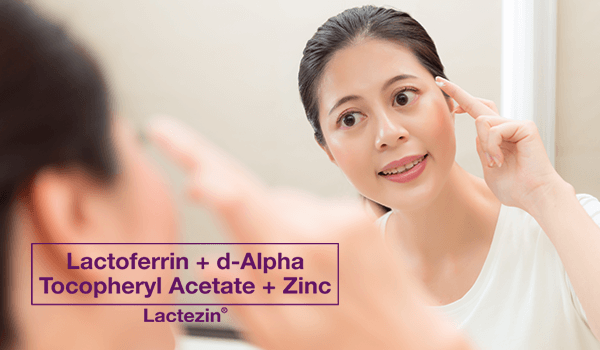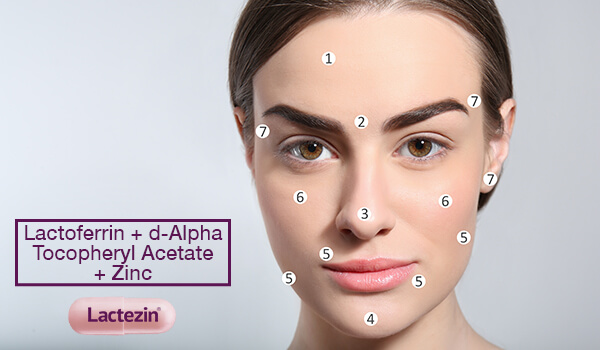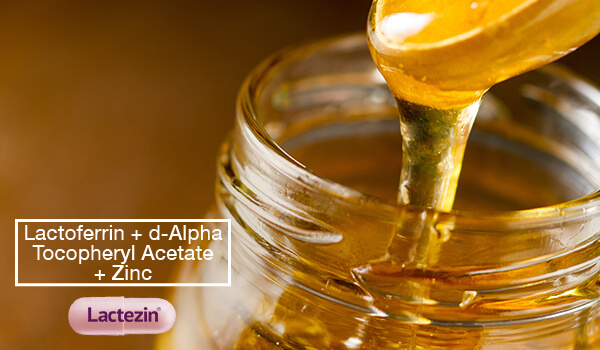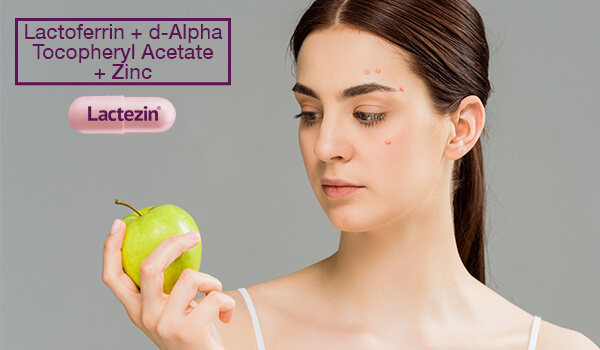Pimple Cures: Products to Avoid When Treating Breakouts

If clearer skin is on your bucket list this year, you know that simply wishing for it is not enough. You need to come up with a strategy on how to treat pimples to make it happen.
How To Treat Pimples: Bad Habits To Leave Behind
Bad habit #1: Skipping your research
The saying ‘knowledge is power’ also holds true when it comes to skincare. Skin problems like pimples can be frustrating and while your first instinct is to pop it immediately, it’s best to take a step back and learn more about the problem to know how the best ways to treat it.
Clear skin strategy: Stay informed.
Start by learning about pimples and what causes them. From there, you can start building a routine that works to address acne and other skin concerns like oily skin, blackheads, and whiteheads. Develop a habit of reading ingredient labels and understanding what goes in your skincare products so you have a better idea of what works and what doesn’t.
Bad habit #2: Overcleansing
The step that most people often get wrong is usually the first one. It’s important to understand that just because you wash your skin rigorously doesn’t mean you’re cleansing it effectively. The squeaky clean feeling can be satisfying but watch out: it can actually disrupt your skin’s natural barrier function and cause your face to overproduce oil, which makes it as bad as not cleansing at all.
Clear skin strategy: Cleanse gently.
Switch to a gentler facial cleanser, or opt for double cleansing with an oil-based cleanser first, followed by a second facial wash. Also, be wary of harsh scrubs. Remember that if your skin feels too tight or stings after washing, you may be damaging your skin more than you’re helping it.
Bad habit #3: Overloading on products
Make a quick visit to the beauty section or the pharmacy and you’ll be met with so many products that promise smoother, clearer, healthier skin, and more. It can be hard to choose and you may even be inclined to think that using more products is the way to go. However, when using a bunch of different skincare products, the active ingredients may cancel each other out, rendering them ineffective. The worst case is that your skin gets irritated or damaged.
Clear skin strategy: Read the label.
Make sure to read the ingredients lists and get samples before buying the full size of a product to see how it works with everything else you use. (Read: Ingredients That Help Fight Every Type of Acne)
Bad habit #4: Switching acne treatments every week or two
Acne sufferers may be familiar with this cycle. You try a new treatment, maybe a highly-raved product you saw on the Internet or a recommendation from a friend. Then, when it immediately doesn’t show the desired results, the obsession over trying new treatments starts again.
This cycle can worsen the condition of your skin. Changing products constantly can lead to irritation and eventually breakouts.
Clear skin strategy: Give products time to work.
Treatments typically take 4 to 6 weeks before they start to show any improvements on the skin. So give your products time to work its magic. If you don’t see any improvements by then, you can try another solution.
Bad habit #5: Relying solely on skincare products.
While using the right acne and skincare products is important, acne management requires a more holistic approach. Your lifestyle and your habits actually have a big impact on your skin’s health. What you eat, how active you are, your stress levels, and how you sleep are just some factors you need to consider. You probably don’t realize that you may be guilty of certain habits that can cause pimples.
Clear skin strategy: Maintain a healthy lifestyle.
Start curbing this bad habit by re-evaluating your habits and improve on them a day at a time. Coupled with a solid skincare routine, you’re well on your way to clearer, healthier skin.
Bad habit #6: Picking on your blemishes.
Simply put, yes, popping pimples is a big no-no. It’s as bad as your doctor (and probably your mother) says it is. An inflamed pimple happens when the pore becomes engorged with excess sebum, dead skin cells, bacteria, and even pus. These pus-filled blemishes are called pustules. You will notice that they appear red in color, with yellowish or whitish centers—that’s the visible pus. While it’s very tempting to pop the pustule, don’t. For one, it can force all the debris from the pore deeper into the follicle and make the pimple worse. It can also leave acne scars.
Clear skin strategy: Keep your hands to yourself.
Avoid touching your face. Also, make it a habit to clean and disinfect cell phones, eyeglasses, and other items that come in contact with your skin.
Using Lactezin correctly to treat pimples
If you are troubled by pimples, one solution you can consider is taking Lactoferrin + d-Alpha Tocopheryl Acetate + Zinc (Lactezin) Lactezin but in order to get the best results, it has to be taken correctly. Click to learn more about how to take Lactezin correctly.
SOURCES:
None


